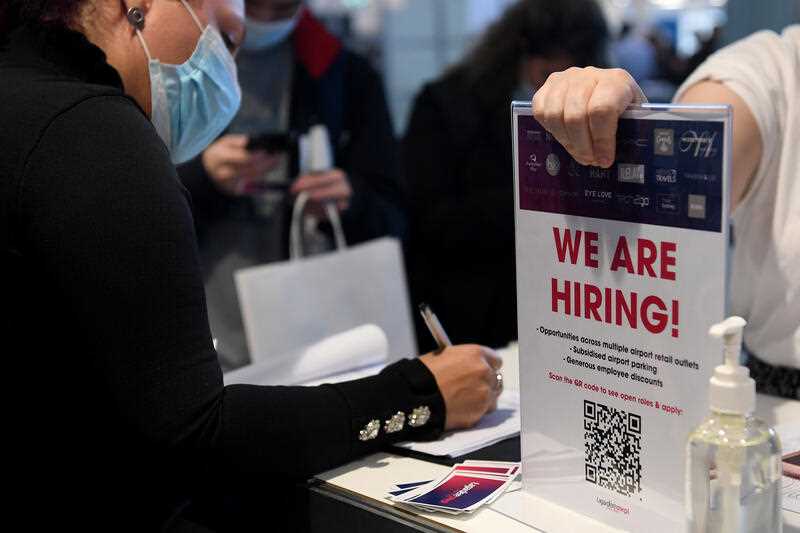Australia’s labour market continues to tighten with a further 60,600 people finding a job in May, keeping open the risk of a further 50 basis point increase in the official cash rate in July.
The unemployment rate remained at a near 50-year low of 3.9 per cent, when economists had expected it nudge lower in the month.
But the underemployment rate – those in work but seeking further employment – fell to 5.7 per cent, its lowest level since August 2008.
The participation rate – people in work or looking for employment – also rose to 66.7 per cent from 66.4 per cent, a record high, the Australian Bureau of Statistics said on Thursday.
Opposition employment spokeswoman Michaelia Cash said these figures reflect the strong economy the coalition government has handed over to Prime Minister Anthony Albanese’s Labor government.
“But the test for Mr Albanese, and in particular Tony Burke now as the relevant minister, is what policies are you going to ensure are in place to keep Australians in work,” Senator Cash told reporters in Perth.
But Mr Burke said if the previous government was to be believed, wages should be higher with the unemployment rate so low.
“These figures, if we were to believe what our opponents said throughout their entire time in office, we would not have a wage price index still at 2.4 per cent,” the minister told reporters in Canberra.
Various gauges of job advertising show hundreds of thousands of jobs are up for grabs, but a lack of skilled workers, partly due to the closure of international borders during the pandemic, is leaving many unfilled.
Australian Chamber of Commerce and Industry chief executive Andrew McKellar says Australian businesses are facing the second worst workforce shortages in the OECD.
BIS Oxford Economics head of macroeconomic forecasts Sean Langcake said with the participation rate at a very high level and underemployment falling, firms’ ability to add workers or increase their hours will be constrained.
“This will add to wage pressures that have been emerging over the past few months,” he said.
“These data confirm the strength in the labour market persists, and we expect the (Reserve Bank of Australia) will lift the cash rate by 50 basis points in July, with more hikes to come after that.”
AMP chief economist Shane Oliver agrees and does not believe the RBA will need to follow Wednesday’s 75 basis point rate hike by the US Federal Reserve, as wage and inflation pressures are lower in Australia.
Also, as the RBA board meets every month, while the Fed gathers every six weeks, the Australian central bank does not need to hike as much at each meeting to achieve the same policy tightening over a three-month period.
“We continue to see the peak in the cash rate being around 2.5 per cent,” Dr Oliver said.
The RBA’s cash rate currently sits at 0.85 per cent.
ABS head of labour statistics Bjorn Jarvis said the 60,600 employment increase in May was the seventh consecutive monthly rise following the easing of lockdown restrictions in late 2021.
“Average employment growth over the past three months – 30,000 – continues to be stronger than the pre-pandemic trend of around 20,000 people per month,” Mr Jarvis said.
May’s employment increase followed a more modest 4000 rise in April, which Mr Jarvis said had coincided with Easter, school holidays, impacts from floods and ongoing disruptions associated with the Omicron COVID-19 variant.
By Colin Brinsden, AAP Economics and Business Correspondent in Canberra


